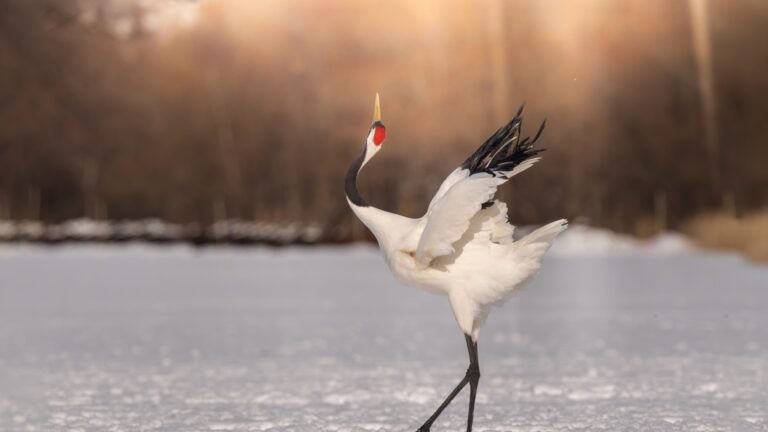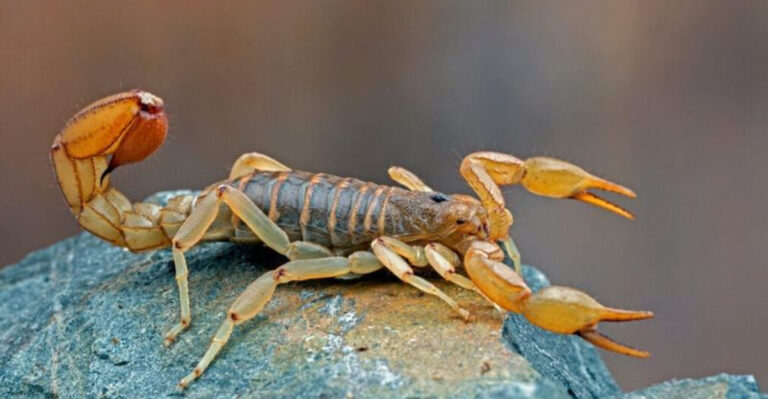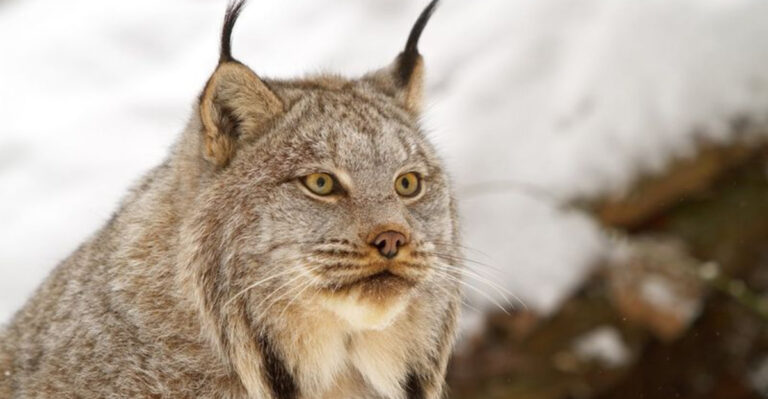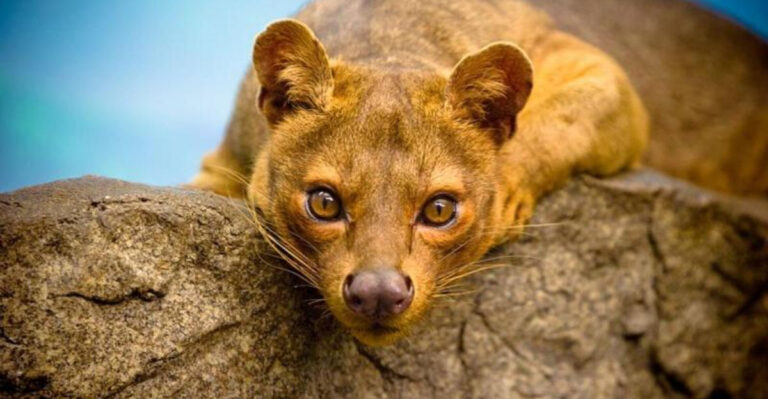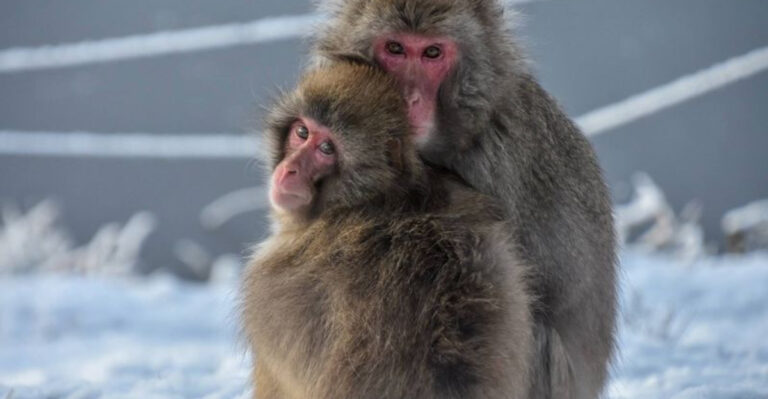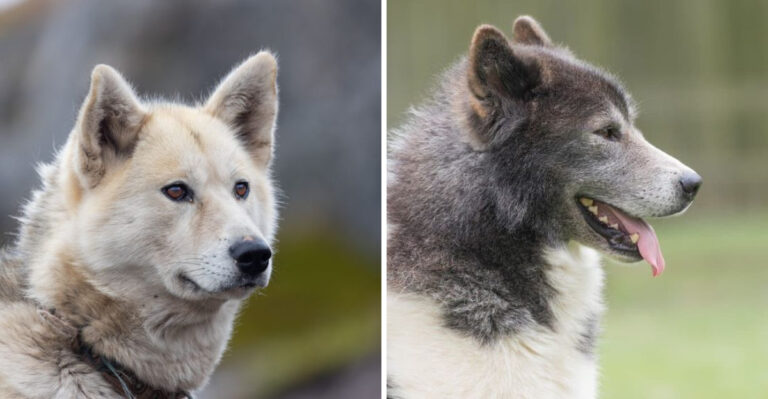Elk Vs. Mule Deer: Key Differences You Need To Know
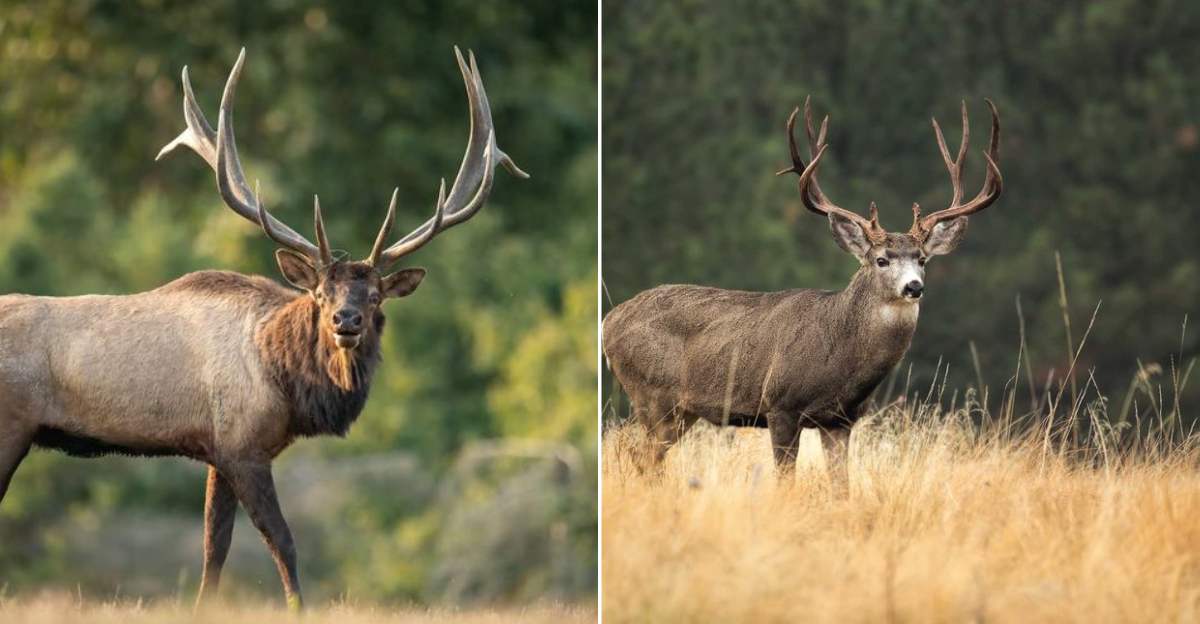
Ever wondered how to tell apart those majestic creatures you spot while hiking through North American wilderness?
Elk and mule deer, though related, have distinct characteristics that make them unique in the wild. Understanding these differences not only enhances your wildlife watching experience but also helps you appreciate the amazing diversity of these magnificent animals.
1. Size And Body Build
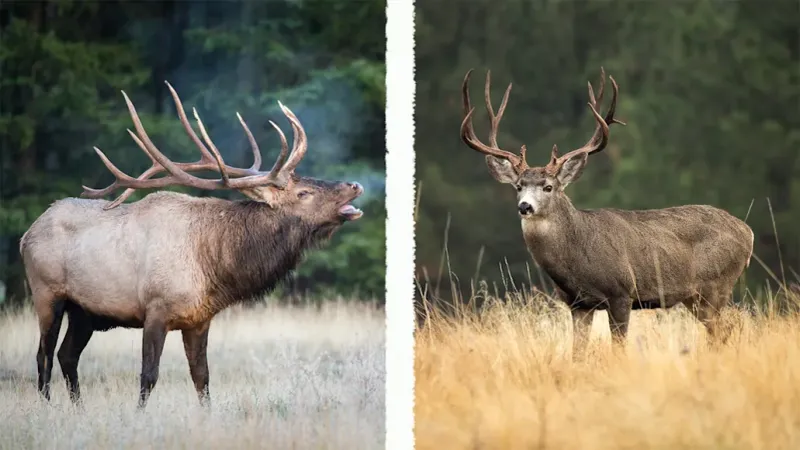
Elk tower over their mule deer cousins, standing up to 5 feet at the shoulder compared to mule deer’s modest 3.5 feet.
The difference isn’t just in height—elk are bulkier with broad chests and thick necks, weighing up to 700 pounds. Mule deer maintain a sleeker, more agile frame rarely exceeding 200 pounds.
2. Antler Structure
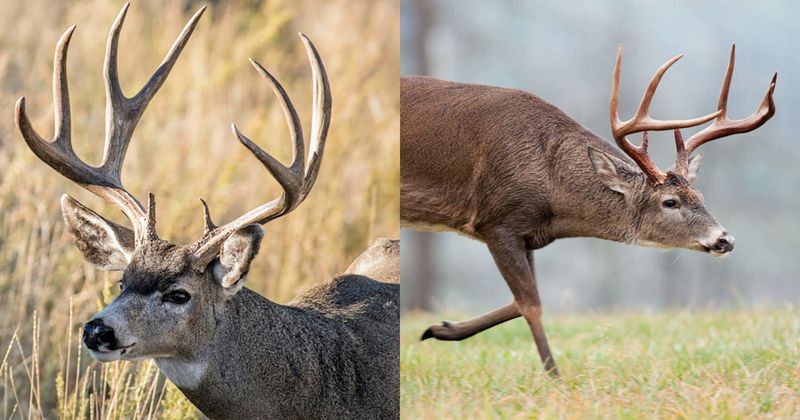
Bull elk sport impressive antlers that sweep upward and backward, resembling tall, branched crowns with points extending vertically from main beams.
Mule deer bucks, meanwhile, carry distinctive forked antlers that split evenly into two branches, then split again—creating a pattern hunters call “fork-forked.” This Y-shaped branching gives them a completely different silhouette from their larger relatives.
3. Habitat Preferences
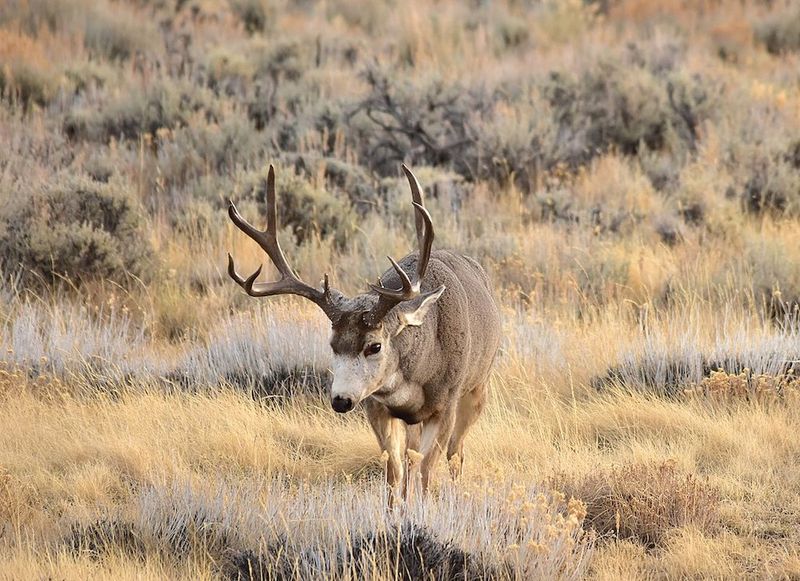
Elk thrive in diverse landscapes, from dense forests to alpine meadows, often migrating seasonally between higher and lower elevations. They particularly favor forest edges where they can quickly retreat to cover.
Mule deer gravitate toward rougher country—rocky hillsides, desert scrub, and mountain slopes. Their preference for broken terrain showcases their evolutionary adaptation to more arid environments.
4. Behavior And Social Structure
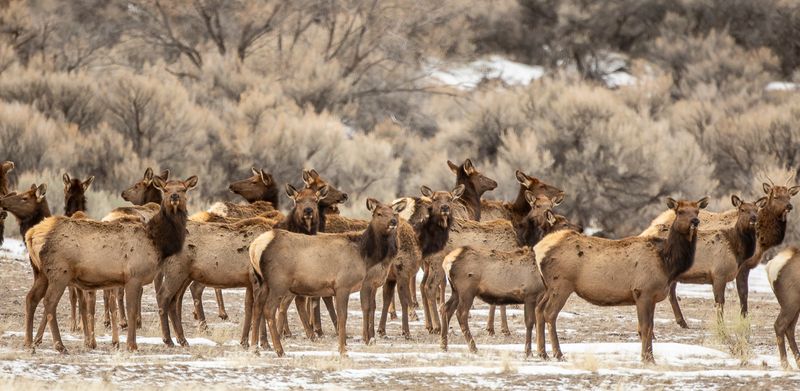
Elk are highly social creatures, forming large herds sometimes numbering hundreds, especially during winter months. These impressive gatherings are typically led by experienced cow elk who make decisions for the group.
Mule deer prefer smaller family groups of 3-5 individuals. They’re much more independent and don’t form the tight-knit social bonds characteristic of elk herds.
5. Feeding Habits
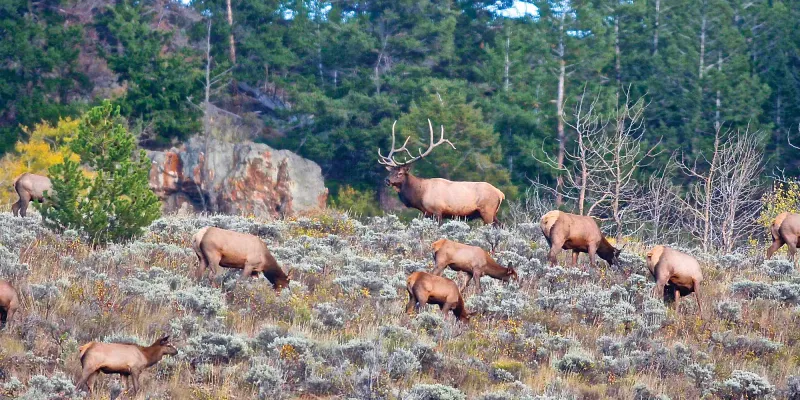
Morning finds elk grazing contentedly on grasses, sedges, and forbs in open meadows. These magnificent animals are primarily grazers, using their bulk to process large quantities of lower-quality vegetation.
Mule deer, by contrast, are selective browsers who delicately pick nutritious leaves, tender shoots, and fruits. Their specialized digestive systems extract maximum nutrition from smaller quantities of higher-quality food.
6. Vocalization Differences
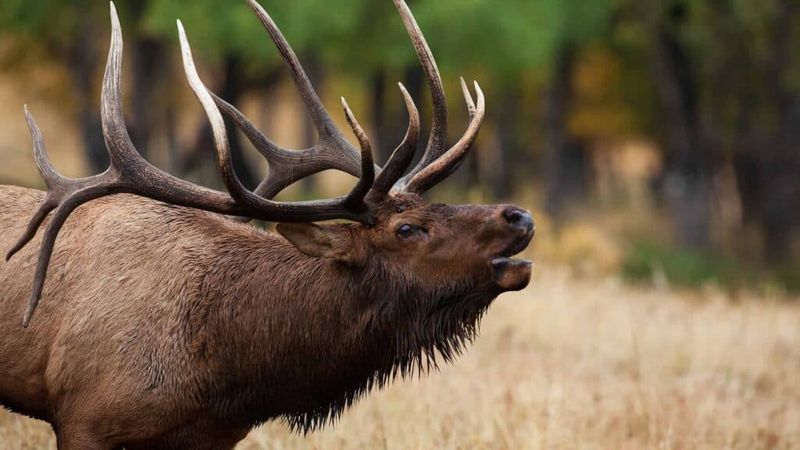
Nothing announces autumn quite like a bull elk’s bugle—a haunting, high-pitched call that echoes through mountains during the rut. This iconic sound starts low, rises to a whistling scream, then ends with guttural grunts.
Mule deer communicate more subtly, using soft grunts and snorts. They rely heavily on body language and scent marking rather than vocal displays to communicate with others.
7. Range And Distribution
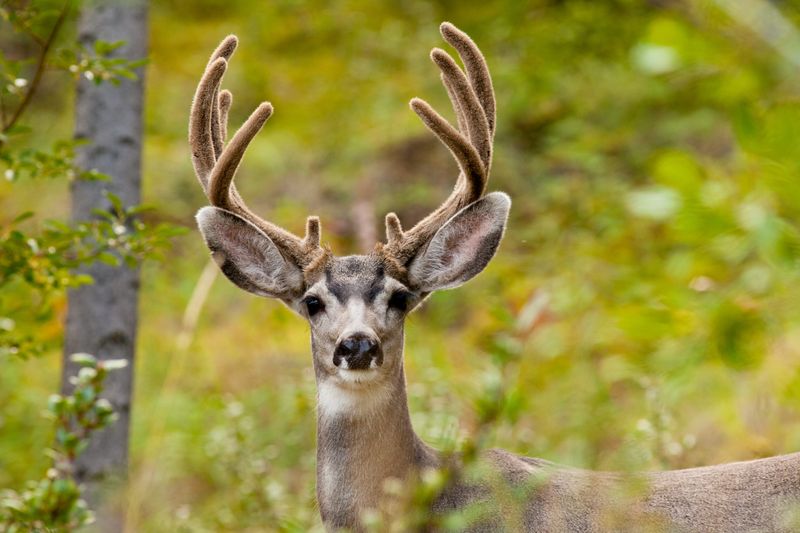
Elk roam widely across North America’s varied landscapes, from the Pacific Northwest to the Rocky Mountains and parts of the eastern United States where reintroduction efforts have succeeded.
Mule deer claim the western half of the continent as their domain. They’re specially adapted to thrive in the diverse habitats from the Sierra Nevada mountains to the Great Plains and down into Mexico.
8. Reproductive Seasons
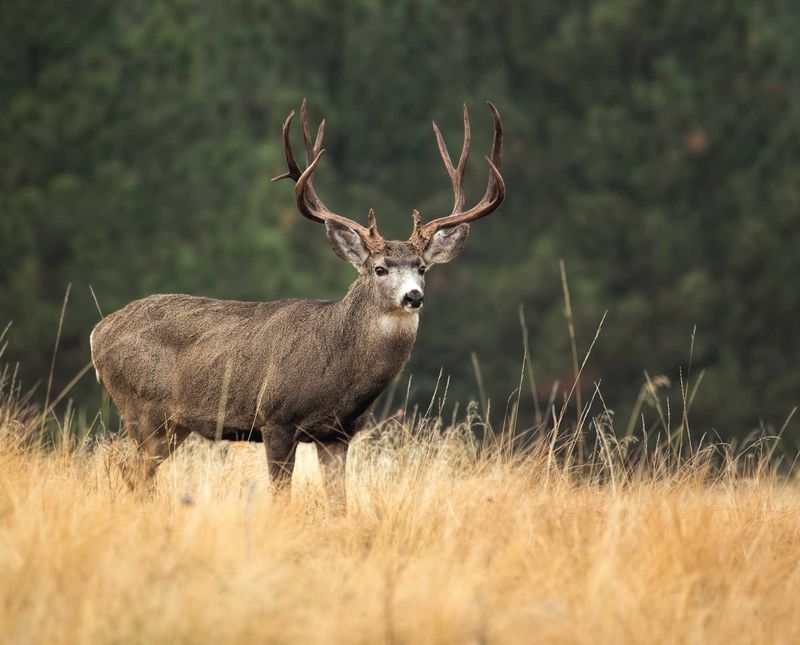
Fall transforms bull elk into vocal competitors during their September-October rut. They gather harems of females, bugling constantly and fighting rival males in spectacular antler-clashing battles.
Mule deer bucks pursue mates more quietly during their November-December breeding season. Their rut features less dramatic displays but similar intensity as they compete for receptive does through scent-marking and chasing behaviors.
9. Physical Adaptations
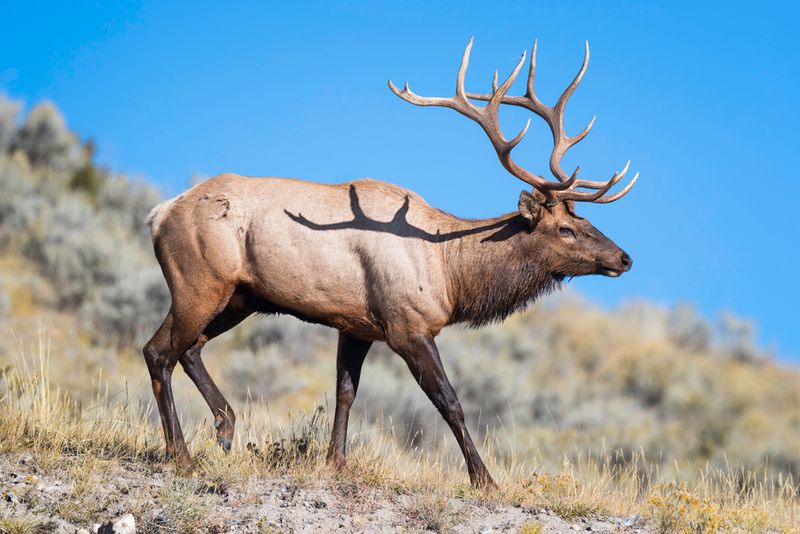
Elk’s thick, two-layered coats help them withstand harsh winter conditions in northern forests and mountains. Their large bodies conserve heat efficiently—a classic adaptation to colder environments.
Mule deer sport oversized ears that serve as natural air conditioners in hot climates. Their most famous feature—stiff-legged bouncing called “stotting”—helps them navigate rough terrain and evade predators in ways elk simply cannot.
10. Lifespan
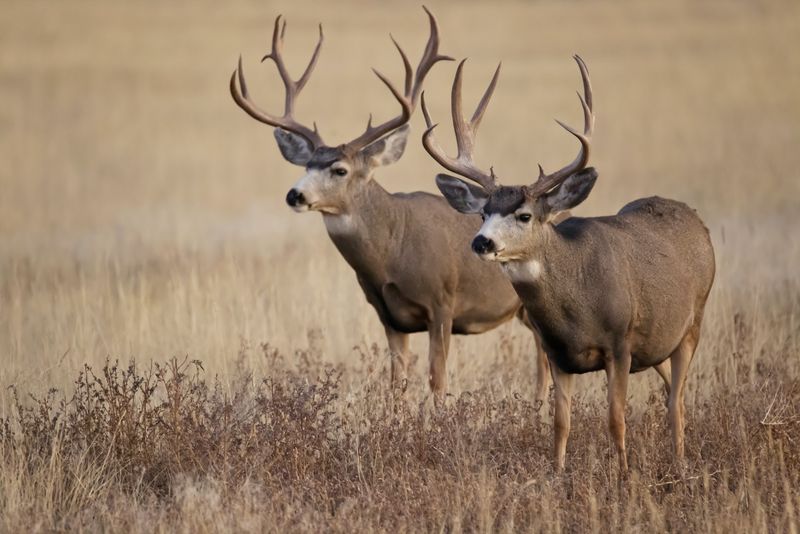
Elk typically enjoy longer lives than their smaller cousins, often reaching 10-13 years in the wild when avoiding hunters and predators. Their larger size and herding behavior provide advantages against natural threats.
Mule deer generally live 7-10 years in natural settings. Their shorter lifespan reflects higher vulnerability to predation, disease, and environmental stressors despite their impressive adaptability to harsh conditions.
11. Predators And Defense Strategies
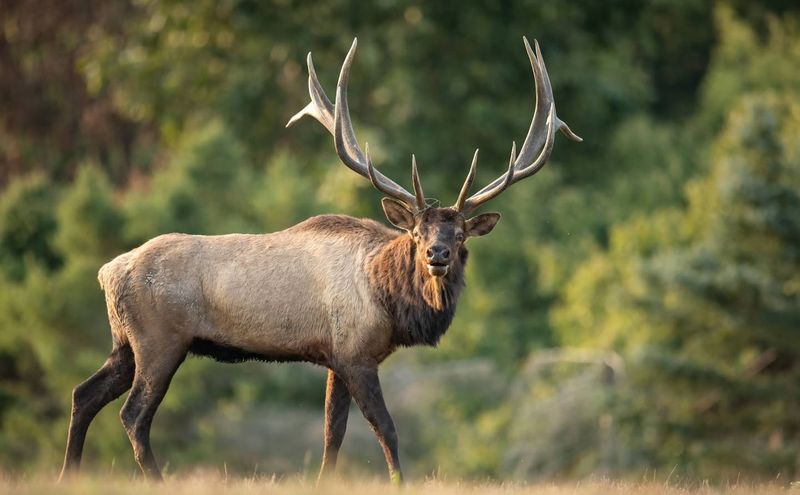
Wolves approach, and the elk herd bunches tightly together—their primary defense lies in numbers and coordinated vigilance. Calves are protected in the center while bulls may stand their ground against smaller predators.
Mule deer rely on entirely different tactics. Their explosive “stotting” jump allows them to bound away over rough terrain at speeds up to 45 mph, quickly putting distance between themselves and threats.
12. Conservation Status
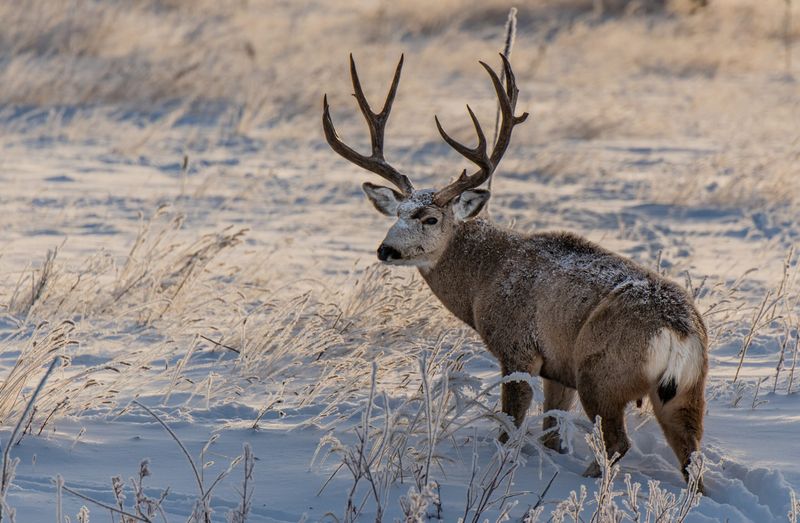
Elk populations have rebounded impressively from near-extinction in the early 1900s. Today, approximately one million elk roam North America thanks to successful conservation efforts and management programs.
Mule deer face more uncertain futures. Their numbers have declined significantly in many western regions due to habitat fragmentation, disease, and changing climate patterns that affect their specialized food sources and migration corridors.

